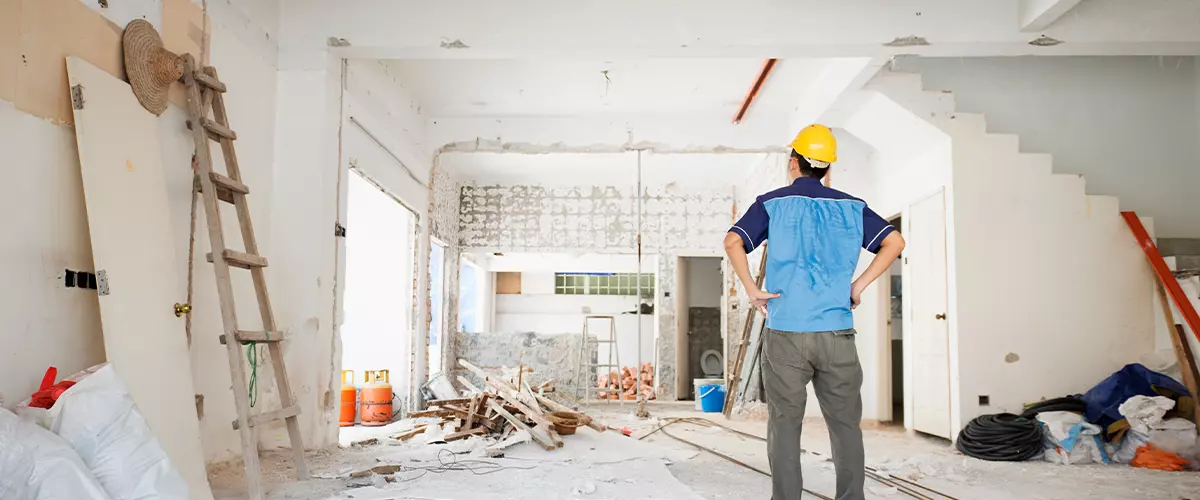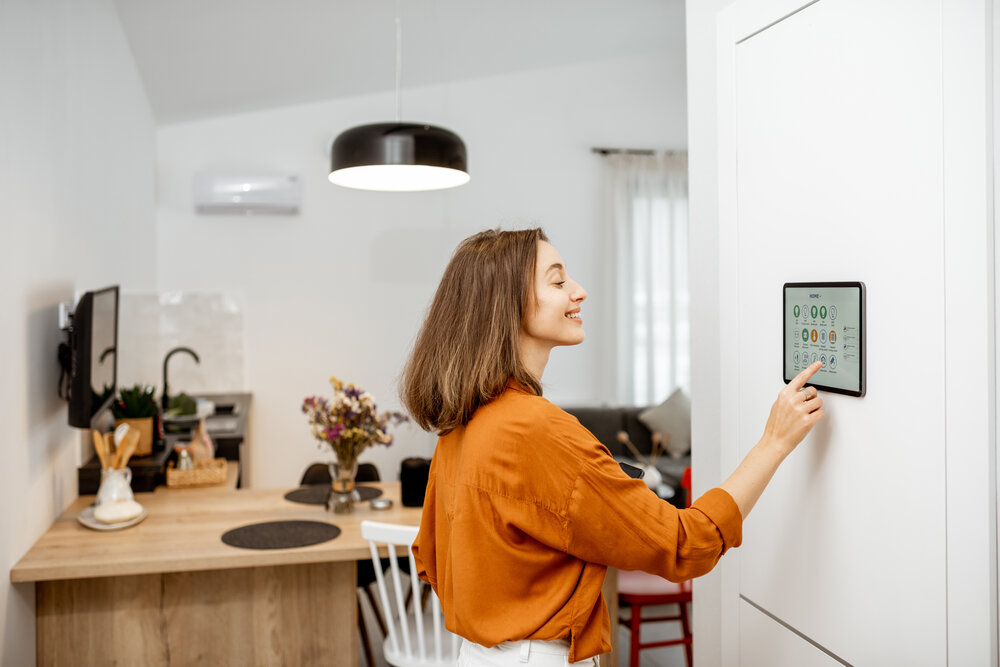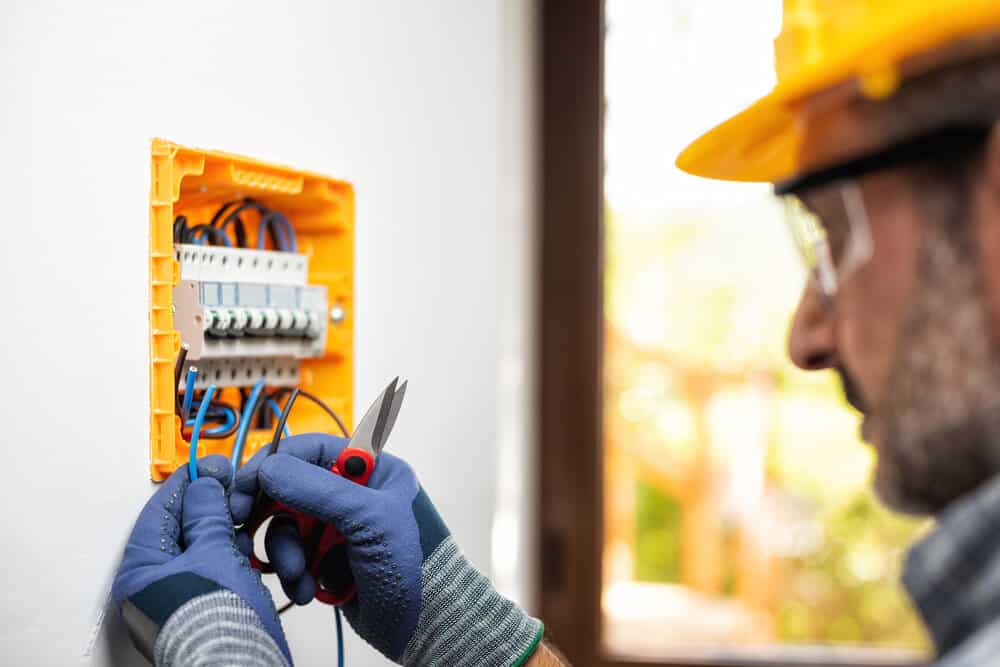Remodeling Your Home? The First Place To Start
(And no, it’s not adding hardwood floors or that splashy hot tub)
When you think about it, a house is very much like the human body. Sure, they may look different on the outside. Some may be taller (two-story) or wider (ranch-style). All may boast a variety of skin tones (outside paint), hairstyles (roofs), or stylish accessories (porches, shutters, windows, or doors).
But deep down, at their heart, all homes have the same basic lifeblood. It nourishes them, conducts energy throughout, and keeps them running smoothly: electricity. And when it comes to remodeling your home, it’s one of the first, most basic, things you need to update.
Whether you’re restoring a Victorian in Queen Anne, revamping a Craftsman bungalow in Fremont, or refreshing a Mid-century Modern in Magnolia, you want to make sure that your electrical components are up to date and up to code. It may not be as sexy as a voice-activated refrigerator, as shiny as a glossy granite counter-top, or a beautiful as new interior design in your living room. But your electric system is vital to the safety, efficiency, and longevity of your home.
So, where to start?
Here’s a Q&A with Jared Kunkel, lead electrician at Fischer Electric, to answer your most commonly asked questions:
When Remodeling A House, What Types Of Electrical Issues Typically Arise?
If you have an older home, new circuits – especially in the kitchen or bathroom – may need to be added to bring your system up to speed. Often, your existing wiring isn’t adequate, isn’t properly grounded, or is being shared between too many devices.
Think about it for a moment. You’re probably dealing with an infrastructure that was established before many of our modern-day safety and efficiency concerns. A bare minimum tended to be the norm. Older kitchens with two countertop circuits may have only had three outlets in the entire room, for example. We had fewer gadgets and were also less electrically savvy. Things are vastly different in today’s connected and tech-heavy world.
And because all your wiring is hidden, “out of sight” also tends to be “out of mind.” So when you’re taking on remodeling projects, tearing down walls or ceilings, or making other extensive home improvements, it’s really the perfect time to “look behind the curtain” and see what electrical components need to be updated and upgraded.
In Which Room Of The House Do You Usually Begin?
We tend to start in the kitchen because, in most cases, you either have outdated or insufficient circuits. In the old days, kitchens were required to have two dedicated countertop circuits. One was for the range, and the other was to cover small appliances like microwaves, toaster ovens, etc. While that may be the bare minimum, we typically install more circuits for convenience and added peace of mind.
We’ll typically run one for a hood fan, refrigerator, microwave, dishwasher, garbage disposal, and wine fridge (if you have one), so each item has its own circuit. This way, the only appliances using your two countertop circuits are small devices like a blender. We may also add circuits under your cabinets to accommodate integrated LED lighting. This is becoming increasingly popular from both an aesthetic and eco-friendly standpoint. The bottom line is that your amperage will be more evenly – and strategically – distributed, decreasing your chances of overloading your circuits and tripping the breakers.
What About Bathroom Remodeling?
For remodeling bathroom design, we often find the light fixtures piggyback off the outlet that feeds into other rooms in the house. This is neither advisable nor safe. You need to have a dedicated bathroom circuit – either a receptacle or a receptacle with lights – as required by the NEC (National Electric Code) Index.
When Do People Typically Need More Outlets?
Often, as family sizes increase, so does the need for more outlets. Home offices also drive a demand for outlets. As more people start their home-based businesses and/or more companies allow teleworking, this need will only grow. If you use multiple extension cords and power strips, home remodeling is the perfect time to ensure your circuits are keeping pace with your family’s needs.
Today’s homeowners are all about convenience and access – especially when it comes to all their “toys.” What are you doing in that regard?
More millennials are buying first homes, and older homeowners have become increasingly tech-savvy.
Today, it’s all about the flexibility to plug things in wherever we want versus just in the corner or where the outlets are located.
We’re installing more newer, grounded outlets to accommodate this increased demand – and in different places in the house. Before, outlets were required above the countertops and had to be spaced evenly apart. Now, we’re installing even more. If you have a wet bar or island, for instance, you may want additional outlets, even double outlets. Do you need an in-floor plug in the middle of the game room? You’ve got it.
We’re also seeing a boost in USB-style outlets in every room of the house for people to charge their phones. Typically, we’re installing USB-style outlets in areas where people are sitting, gathering, or sleeping – often along with a regular outlet to handle lights and small appliances.
I’m Hearing A Lot About GFCI's. What Are They – And What Exactly Do They Do?
GFCIs, otherwise known as Ground Fault Circuit Interrupters, are standard safety precautions in your kitchen and bathrooms. They protect against “fault-to-ground” surges. If there’s too much electro-current going to the ground – often caused by a plugged-in appliance coming into contact with water – the GFCI will instantly turn off the electricity to prevent the device from tripping the circuit. (We’ve all been there when we turned on a blow dryer or curling iron, and … nothing happened.) Older homes built decades ago may not be up to code. So, we’ll typically switch out GFCIs or GFCI protectors for every outlet in the bathroom or kitchen. It’s easier to do them all at once – and far better to be safe than sorry.
Speaking Of Blow Dryers … My Plugs Keep Falling Out Of The Outlets. What’s Up With That?
The receptacles basically have little jaws that hold the plug when you stick it in. For a small appliance that’s frequently used – say, a blow dryer, curling iron, or electric shaver – those jaws tend to open up over time so the outlet can’t hold the plug. Not only is this a nuisance, it may cause a spark and be a fire hazard. To err on the side of safety, these outlets need to be replaced on a case-by-case basis (and believe me, you’ll know when it’s time.)
When Should I Consider A Power Upgrade?
While a very common – and critical – issue in older homes, many people don’t like to deal with it because it adds to what they’re already doing with their remodeling. In many cases, your existing panel may have inadequate quality, technology, functionality, or capacity to handle your family’s electrical demands. If you’re redoing your kitchen, for example, and have less than 125- amp service on a 20-space panel, your panel may be too small to handle those circuits. At that point, you’d want to upgrade your service to at least a 32-space panel with 125-amp service.
What About The Wiring Itself? What’s Needed There?
Obsolete knob and tube wiring, commonly found in older homes, is just crying for an upgrade. You may not even know you have it until it pops up on an inspection report. But if it does, it may raise a red flag with your insurance company. They may either refuse to cover your home or may raise your rates as a result. You can optimize reliability and performance, allow for future electrical needs, and meet all codes and safety standards by upgrading your wiring as you refurbish the rest of your home.
If you’re planning some home remodeling and want to make sure your electrical system is up to code and up to speed, call Fischer Electric today at 425-563-2900 or use the Contact Us form on our website.
For a complete remodel, call Fischer Restoration at 206-633-2065, where Fischer’s general contractors can leverage the breadth of Fischer’s experience across plumbing, heating and air, and electrical to handle your commercial or residential remodel, large or small!









